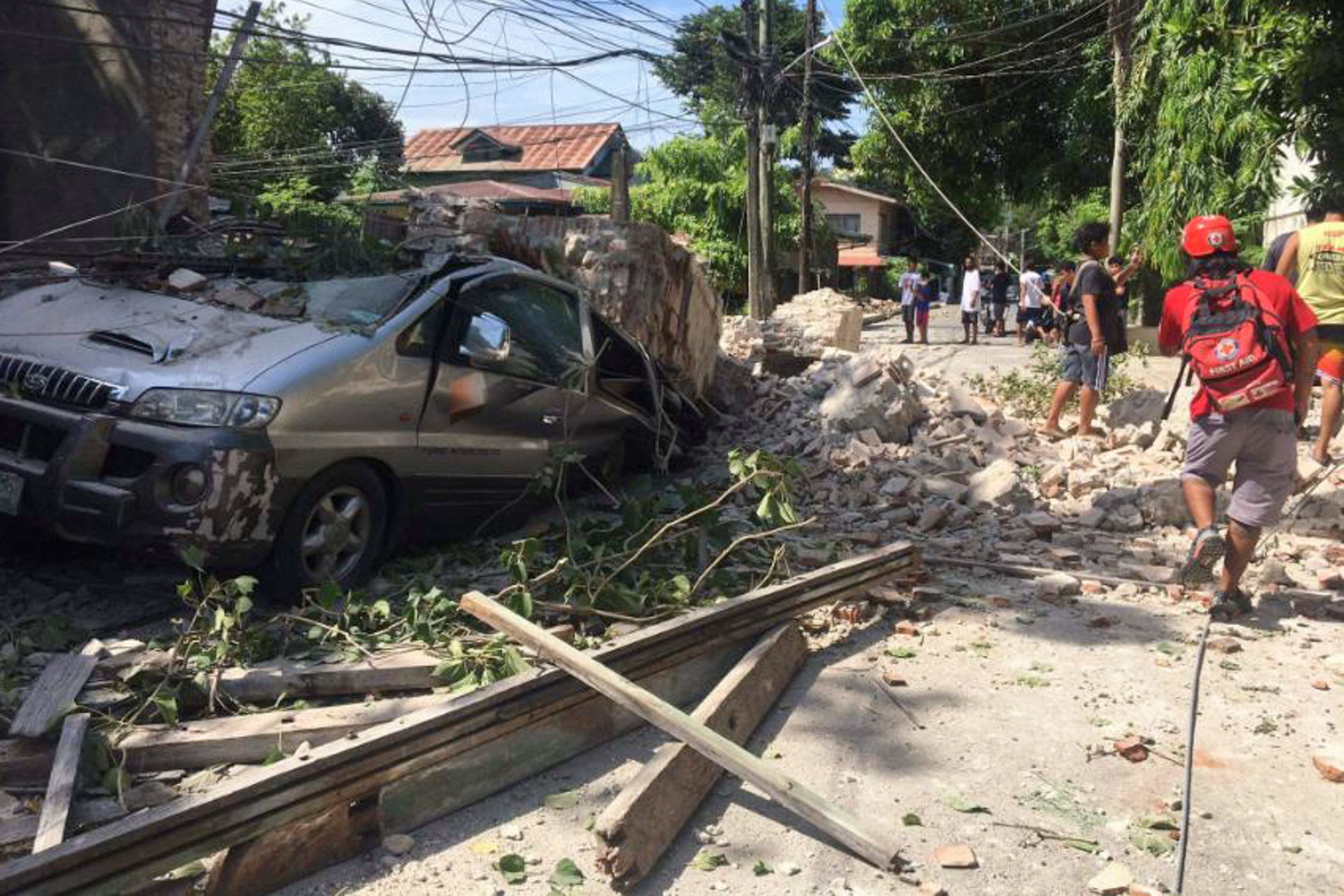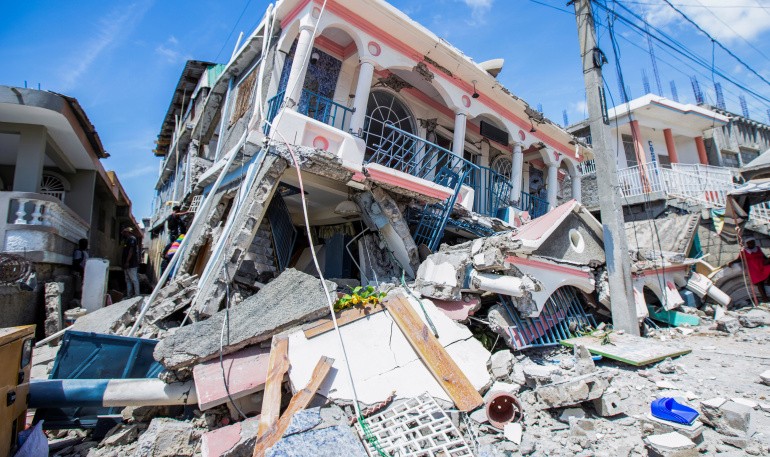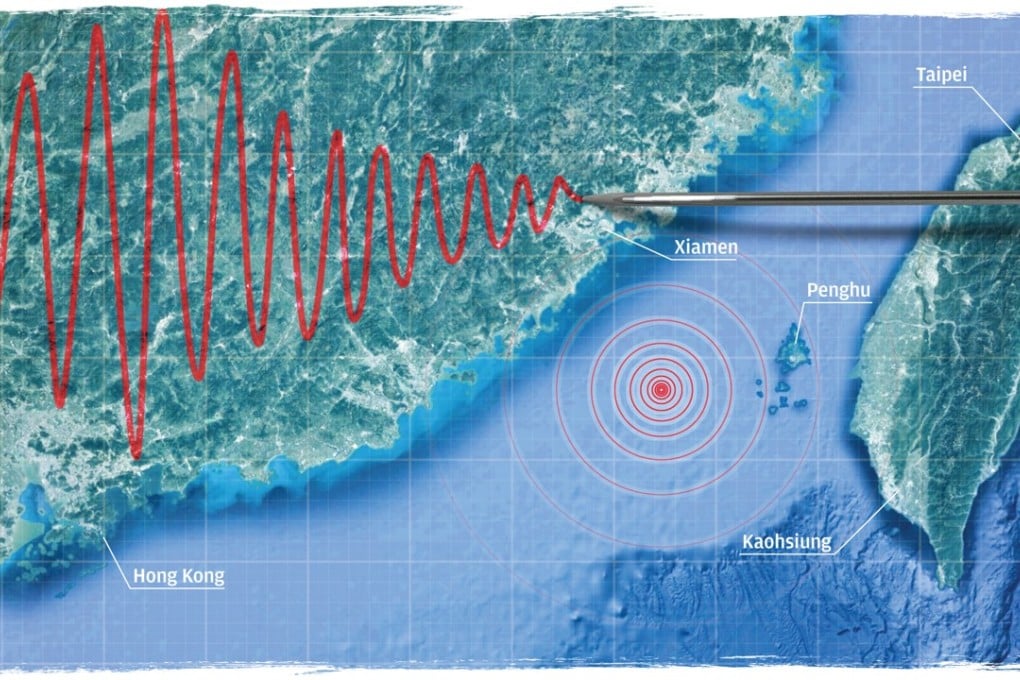Residents in Hong Kong recently experienced a subtle reminder of the earth’s dynamic nature when mild tremors from a distant earthquake rippled through the region. The seismic event, originating in the Philippines, caught the attention of approximately a dozen Hong Kong inhabitants who reported feeling unexpected ground movements.

The earthquake, measuring 5.5 in magnitude, occurred approximately 70 kilometers from Vigan City in the Ilocos Sur province of the Philippines. While such geological events might sound alarming, this particular tremor was relatively mild and did not cause significant damage or trigger widespread panic.

Earthquakes are natural phenomena resulting from sudden releases of energy in the Earth’s crust, typically occurring along fault lines where tectonic plates interact. In this instance, the Philippine archipelago’s complex geological setting played a crucial role in generating the seismic activity that was subsequently felt across regional boundaries.

For Hong Kong residents, experiencing distant earthquake tremors can be an unusual and somewhat unsettling experience. The fact that around a dozen individuals reported sensing the ground movement highlights the sensitive nature of urban environments to geological disturbances, even when the epicenter is located hundreds of kilometers away.

The transmission of seismic waves across such distances demonstrates the intricate interconnectedness of geological systems. Even a moderate earthquake can create ripple effects that traverse significant geographical areas, making distant populations momentarily aware of the planet’s underlying dynamic processes.

While this particular event did not result in any reported injuries or substantial infrastructure damage, it serves as a gentle reminder of the importance of geological awareness and preparedness. Regions situated along active tectonic zones, like the Philippines and surrounding areas, are more prone to such seismic activities.
For residents in Hong Kong and similar urban centers, understanding earthquake dynamics can help reduce anxiety and promote informed responses during such events. Knowing that mild tremors from distant earthquakes are not necessarily indicative of immediate local danger can provide reassurance and perspective.
The scientific community continuously monitors and studies such seismic events to better understand plate tectonics, improve early warning systems, and develop more effective disaster response strategies. Each recorded earthquake contributes valuable data to our collective understanding of global geological processes.
In this instance, the 5.5 magnitude earthquake near Vigan City became more than just a geological event—it was a momentary connection between distant regions, reminding inhabitants of the Earth’s constant, subtle movements. For the dozen or so Hong Kong residents who felt the tremors, it was likely a brief, intriguing experience that prompted reflection on the planet’s complex and dynamic nature.
As our understanding of geological systems continues to evolve, such events underscore the importance of scientific research, community awareness, and preparedness in regions prone to seismic activities. While this particular earthquake caused no significant disruption, it serves as a nuanced example of the ongoing geological interactions that shape our world.











